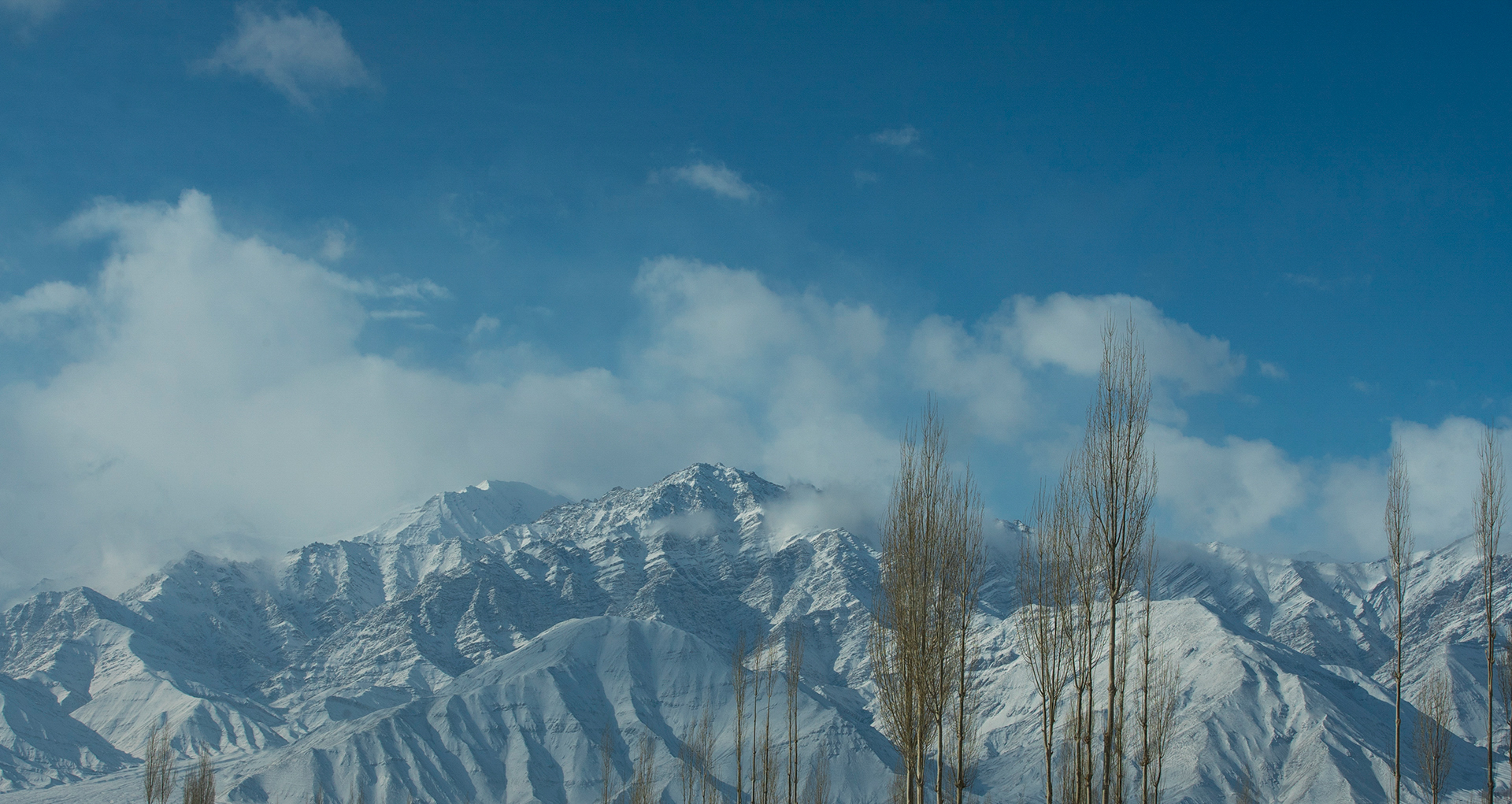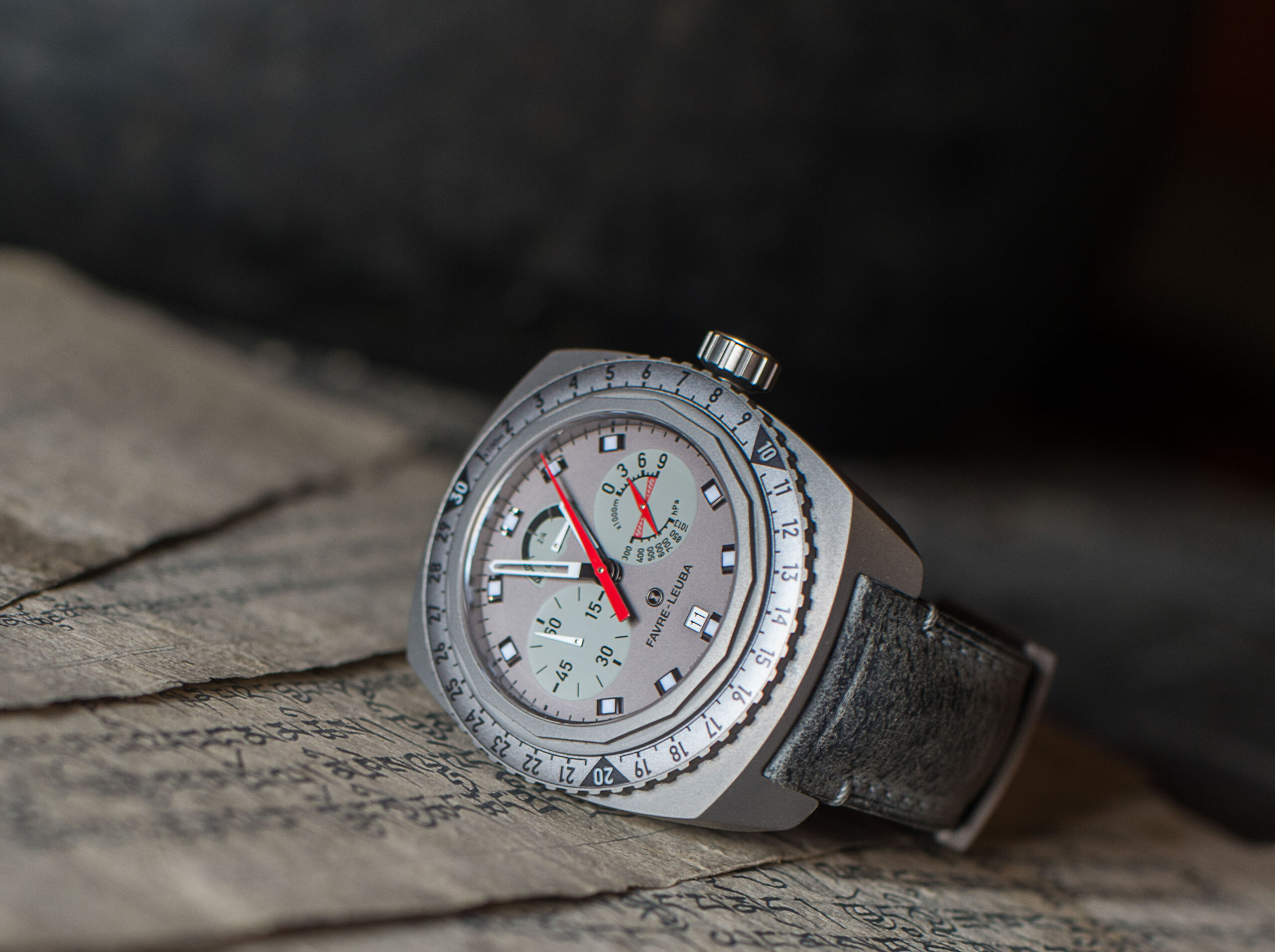In our final instalment of exploring Frontiers in Ladakh, we go in search of the unseen. Discovering a region of vast landscapes and severe isolation. This is where the mercurial Snow Leopard walks unseen amongst the rocks and snow, camouflaged and concealed out of sight to the world.
Tsewang, a leader of conservation in this region has kindly taken time to guide us on his efforts to conserve the wild population of Snow Leopards in the Himalayas. This is the story of his endeavours.

The Unseen
In the Himalayas, the roads wind and bend to navigate the great mountains and valleys. Our Jeep endeavours to ascend and descend these tough, brutal roads. Our progress is slow, and we inch across this rugged landscape. It seems hard to believe that anything can survive in the wild within a landscape as harsh and exposed as this. Soon the road ends and our adventure continues on foot. Thankfully, a local conservation expert Tsewang has kindly met us and will guide us around this region. Our journey to observe the ghost cat of the Himalayas has begun.


We ascend on foot up to higher terrain, again with the Favre Leuba Bivouac 9000 on our wrist. The timepiece feels at home amongst the snow and rocks and is telling us we have now ascended to above 4,100 meters. Our journey today had seen us leave the village of Matho, to now standing high on the mountainside. The Jeep looks tiny in the distance, and the trail leads us up further still. We move along a steep ridge to where we can gain a better viewpoint. With every step Tsewang takes, he picks up his binoculars and scans the endless ridges for the slightest of movements.

Tsewang leads a dedicated group of people who share his passion to conserve the wild spaces of Ladakh and all of the wild animals that inhabit it. Above all, he along with his team, push forward to save the species that needed the most attention. However, as we would experienced, this is an animal that is immensely difficult just to spot.

If Tsewang and his team were to help the Snow Leopards in the region, he first needed to observe it. It would be crucial to learn its nature and also to attempt, if possible, to understand its behaviour. Sighting the cat with the naked eye and even through binoculars is extremely difficult. So to help in his endeavours, Tsewang uses a collection of tools. We were able to support Tsewang by using the Bivouac 9000 to confirm altitude readings. This is an important detail when selecting the best location to set up camera traps. These traps are able to capture the ghost cat from a distance and record their movements.


Ascending ridge after ridge in the Himalayas isn’t easy. Spotting the Snow Leopard in this neverending landscape is a near-impossible task. Precision is everything. Tsewang and his team have honed their craft with years of experience and the use of reliable and precise instruments.

Tsewang also leads an educational programme in an attempt to further the local conservation knowledge amongst the communities of Ladakh. This helps farmers understand the Snow Leopard. There are also now incentives in place to support farmers in the event of an attack on their cattle by a Snow Leopard. All of these efforts have been essential in the journey to save the Snow Leopard and its ecosystem.

In November 2017, the IUCN upgraded the status of the Snow Leopard from endangered to vulnerable. Tsewang and his team have played a small but important role in this journey and there is still a long way to go. The frontiers here come by the handful, yet the determination of a few individuals is all it takes to conquer them and make a positive change.










